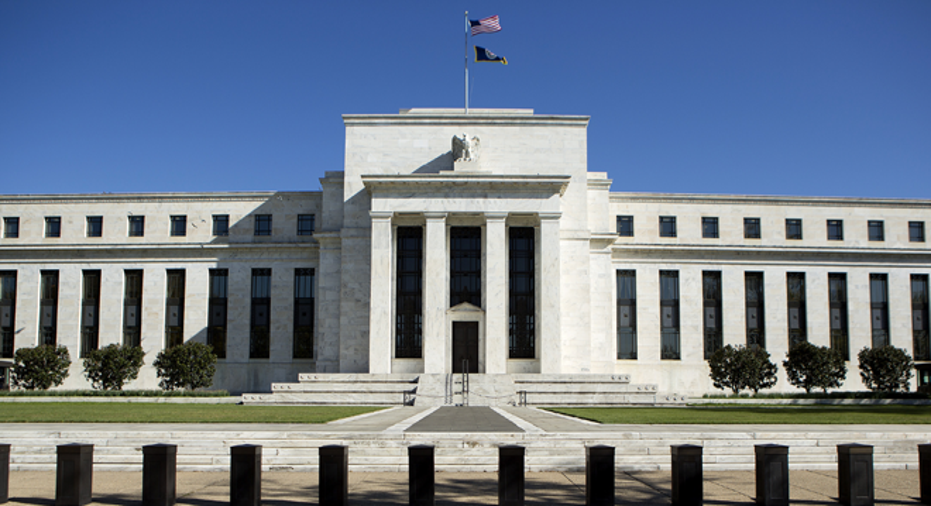How the Fed Raises Rates More Important than When

For months, investors, analysts and economists have been laser-focused on the timing of interest-rate hikes. Markets rise and fall each time Federal Reserve policy makers offer some hint that the first rate hike in nearly a decade is increasingly imminent.
Yet, despite all the attention on the central bank’s looming decision, how rates will move higher is actually far more important than when they move higher.
For anyone who remains uncertain about how rates will move higher, let's clear up any confusion: It will be very gradually.
In other words, once the Fed gives the word that rates will be lifted from their current near-zero range, where they’ve been held since December of 2008, the announcement of subsequent hikes won’t happen until central bankers are certain the first increase is having its desired impact and that the U.S. economy can stand on its own without Fed-initiated stimulus.
If there is one word that describes the Janet-Yellen led group of influential central bankers, it's cautious. That sentiment is likely to dominate again this week when the Federal Open Market Committee meets Tuesday and Wednesday.
A policy statement announcing any new initiatives will be released at 2 p.m. ET Wednesday followed at 2:30 p.m. ET by a press conference with Yellen.
Dovish Caution
The Fed is widely expected to remove the word ‘patient’ from Wednesday’s policy statement. In keeping with its cautious approach, the Fed added the word in December in order to reassure markets rates would stay low well beyond the end of quantitative easing, the Fed’s monthly bond purchasing program that was phased out in October.
At the time, adding the word ‘patient’ came as a surprise to many who believed the Fed was poised to start preparing markets for the inevitable rate hike. Dovish caution took precedence instead, however, and the Fed said it could remain patient as it mulled a decision on the timing and debated the various methods for raising rates. Look for that same level of dovish cautiousness to permeate this week’s statement even as the Fed removes the word ‘patient’ and lifts one of the final barriers to a rate hike.
Then look for an even higher level of dovish caution once the first rate hike is initiated – probably in June or July, as many analysts expect -- and the Fed is seeking evidence that the higher borrowing rate is having the desired impact of helping lift inflation to a healthier level and curbing asset bubbles.
Fed officials have hardly been shy about their caution. And while the FOMC has been deeply divided over the timing of rate hikes, the same can’t be said for the trajectory once rates start moving higher. The two sides agree on a gradual approach.
In an interview earlier this year, San Francisco Federal Reserve President John Williams told Reuters a gradual approach toward lifting rates is needed because it will allow for flexibility as the Fed determines whether the U.S. economy still requires stimulus going forward.
“My own view is that the pace of tightening would be actually pretty gradual over the next few years once we start liftoff,” Williams said.
Even hawkish members of the FOMC who have been arguing that a rate hike is long overdue agree that rates should move higher gradually once the Fed pulls the trigger on a liftoff.
Dallas Fed President Richard Fisher, an ardent inflation hawk and long-time critic of the Fed’s unprecedented stimulus policies, said earlier this month: “The idea that we can substitute a steeper future funds-rate path for an early liftoff seems risky to me. I would rather the FOMC raise rates early and gradually than late and steeply.”
‘Gradual’ to Replace ‘Patient’
The concerns are viable on either side of the rate hike argument, those who’ve preached patience and those eager to lift rates.
When the Fed does raise rates it will make it more expensive to borrow money, a dynamic that will surely ripple through the broader economy. Higher borrowing costs will undoubtedly cut into consumer spending on such big ticket purchases as homes and cars that generally require loans. In addition, businesses will find it more expensive to borrow for capital expenditures and expansion. That could cut into hiring.
On the other hand, inflation hawks say keeping rates low for too long leaves the economy vulnerable to runaway inflation, even though the opposite has been true for the past two years as inflation has run well-below the Fed’s 2% target rate. Hawks like Fisher argue that the rapidly tightening job market will eventually lift wages, which could quickly turn the tables on inflation if prices are allowed to soar out of control.
For its part, the Fed is loath to do anything that would crimp the ongoing economic recovery. But at the same time, central bankers are eager to steer U.S. monetary policy back in the direction of ‘normalcy,’ or one devoid of the stimulus initiated in the wake of the 2008 financial crisis.
It’s a delicate balance, to say the least.
One thing is certain. Once the word ‘patient’ is removed from the lexicon that permeates discussions concerning interest rate hikes expect that word to be replaced with ‘gradual.’



















